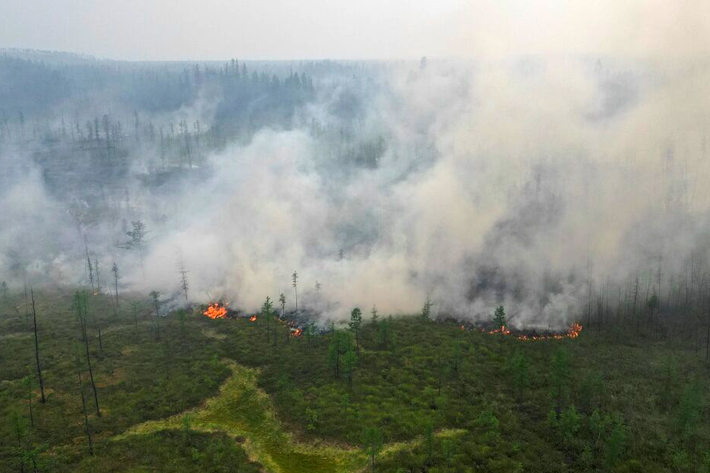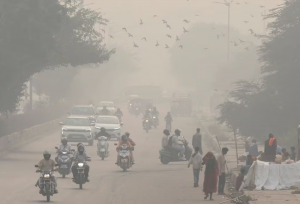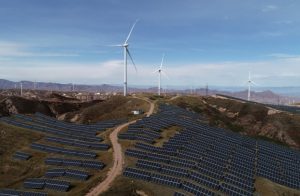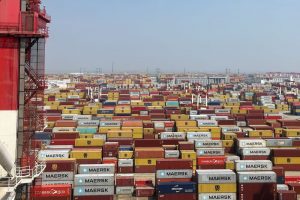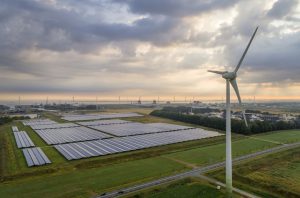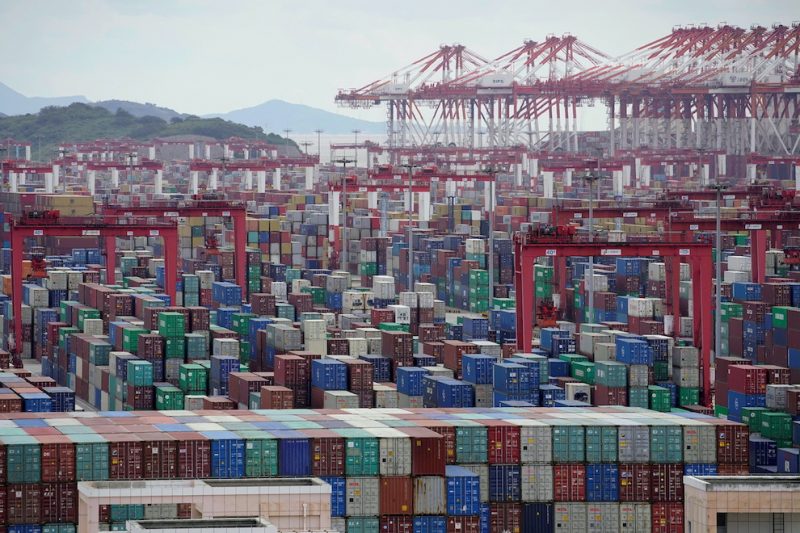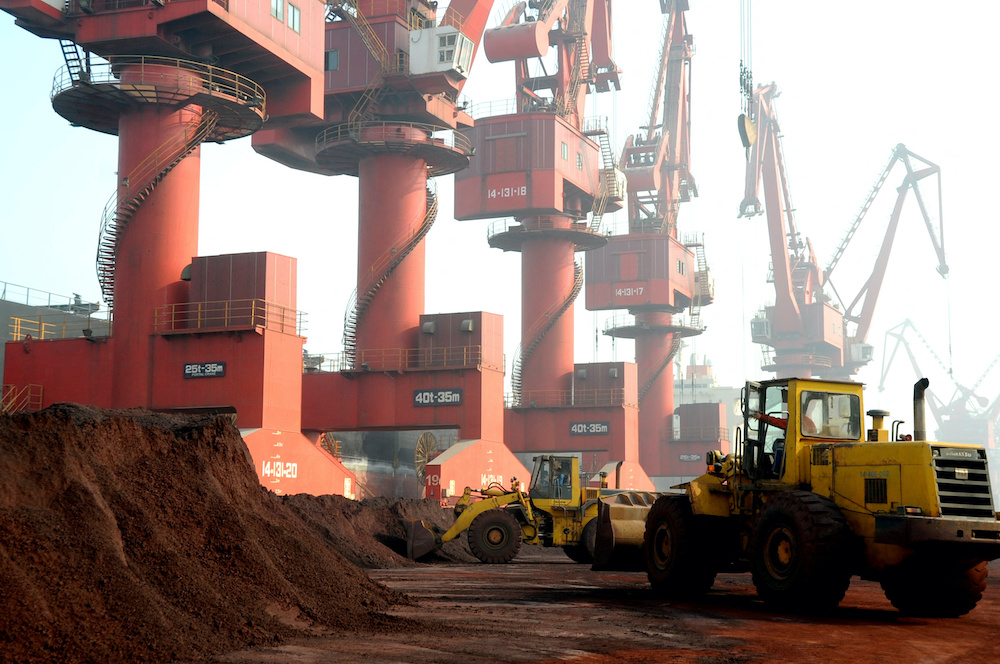After remaining a key carbon sink for for thousands of years, the Arctic Tundra has now become a net source of planet-warming gases this year, research by US agency the National Oceanic and Atmospheric Administration (NOAA) has shown.
The dramatic change in the Arctic’s role as the planet’s net absorber of carbon dioxide was brought on, primarily, by an increase in wildfires across some regions in the Tundra over many decades, researchers said.
Circumpolar wildfire emissions have averaged 207 million tons of carbon per year since 2003, they said, adding that 2024 was the second-highest year for wildfire emissions north of the Arctic Circle.
Also on AF: Saudi, Oil Producing States Block Hopes for UN Plastics Treaty
Wildfires are common between the months of May and October in several regions across the Tundra, including Alaska, Siberia and Alberta. These fires can usually begin with lightning strikes, worsened by dry conditions in these cold regions.
But traditionally, as plants regrow after wildfires, they tend to re-sequester carbon dioxide from the atmosphere over the following decades.
Instead, the current trend of more frequent and severe fires is not only preventing that carbon cycle, but also triggering the combustion of below-ground carbon, NOAA researchers said.
The increased heat is also fuelling the thawing of the Tundra’s permafrost, which in turn is releasing even more carbon dioxide and methane to the atmosphere, they said.
“These changes together are pushing the Arctic into uncharted territory,” researchers noted.
In 2024, permafrost temperatures were the highest on record at nearly half of Alaska’s long-term monitoring stations, the NOAA report said.
On average, the year represented the second-warmest permafrost temperatures on record for Alaska, it added.
Researchers on the study also noted that the Arctic was warming “up to four times the global rate.” This is also the 11th year in a row that the rise in Arctic temperatures was higher than the global average.
“We need accurate, holistic, and comprehensive knowledge of how climate changes will affect the amount of carbon the Arctic is taking up and storing, and how much it’s releasing back into the atmosphere, in order to effectively address this crisis,” said Dr Sue Natali, a scientist at Woodwell Climate — one of the researchers in the study.
- Vishakha Saxena
Also read:
Scientists Fear Nature’s Carbon Sinks Are Failing – Guardian
Could Melting Glaciers Trigger Volcanic Eruptions? – Reuters
Funding Gap Hurts Climate Talks While World Faces 3.1C Warming
Climate Change Has Cost China $32 Billion in Just One Quarter
Floods or Drought: Climate Change Worsens Global Water Woes
Climate Change ‘Fuelled’ Rain That Led to Fatal Indian Landslides
Lacklustre COP29 Deal Shows Strains of Climate Cooperation
Asian Steelmakers Failing on Shift to Renewables, Survey Finds




